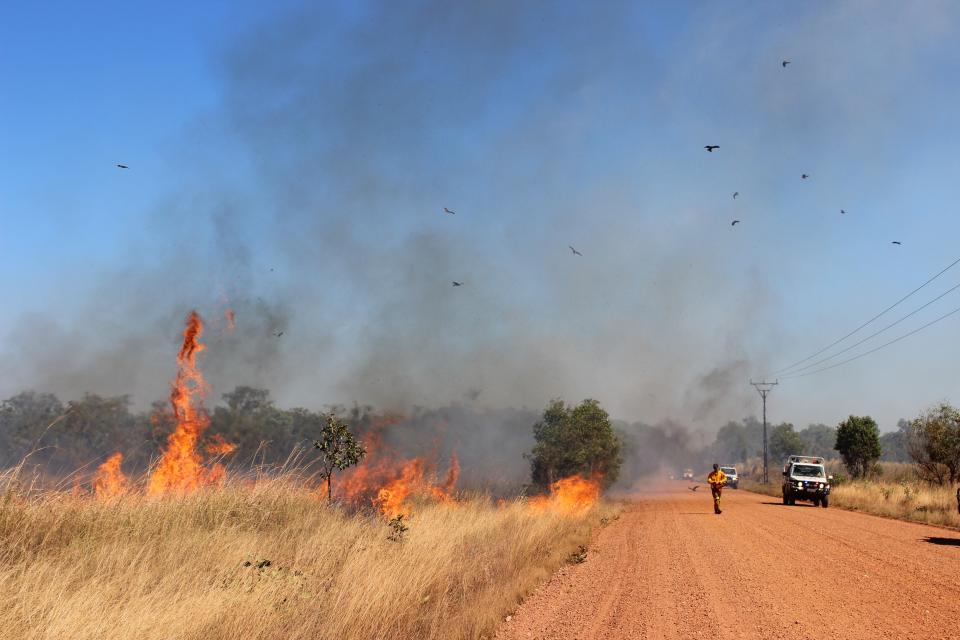
PUBLICATIONS
Published works

Incentivising fire management in Pindan (Acacia shrubland): A proposed fuel type for Australia's Savanna burning greenhouse gas emissions abatement methodology
| Title | Incentivising fire management in Pindan (Acacia shrubland): A proposed fuel type for Australia's Savanna burning greenhouse gas emissions abatement methodology |
| Publication Type | Journal Article |
| Year of Publication | 2018 |
| Authors | Lynch, E, Russell-Smith, J, Edwards, AC, Evans, J, Yates, CP |
| Journal | Ecological Management & Restoration |
| Volume | 19 |
| Issue | 3 |
| Pagination | 230-238 |
| Date Published | 08/2018 |
| Keywords | Abatement, fire management, Savanna |
| Abstract | The Australian Government has sanctioned development of greenhouse gas emissions (GHG) abatement methodologies to meet international emissions reduction obligations. Savanna burning emissions abatement methodologies have been available since 2012, and there are currently 72 registered projects covering approximately 32 million ha. Abatement to date has exceeded 4 million tonnes of carbon dioxide equivalent (CO2‐e) principally through the application of low intensity early dry season fire management to reduce the amount of biomass combusted in higher intensity late dry season (LDS) fires. Savanna burning projects can only be conducted on areas with eligible fire‐prone vegetation fuel types where implementing the improved fire management regime is considered ecologically appropriate. This study assesses the suitability of including tall Acacia shrublands (‘Pindan’) as a new eligible fuel type. These shrublands make up 12% (~2 million ha) of the Kimberley region, Western Australia, where, on average, 32% is fire affected annually, mostly in the LDS. A standard assessment protocol was applied to describe vegetation fuel type structural and pyrolysis characteristics. We show that Pindan (i) can be identified and mapped as a unique tall Acacia shrubland vegetation fuel type, (ii) characterised by a significantly greater shrubby fuel load biomass, and (iii) the conservation status of which would benefit from imposition of strategic prescribed burning programme. Savanna burning projects in the Pindan fuel type could potentially abate up to 24.43 t.CO2‐e/km2 per year, generating significant income and employment opportunities for predominantly Indigenous land managers in the region. |
| URL | https://onlinelibrary.wiley.com/doi/pdf/10.1111/emr.12334 |
| DOI | 10.1111/emr.12334 |
| Refereed Designation | Refereed |
Published Works


